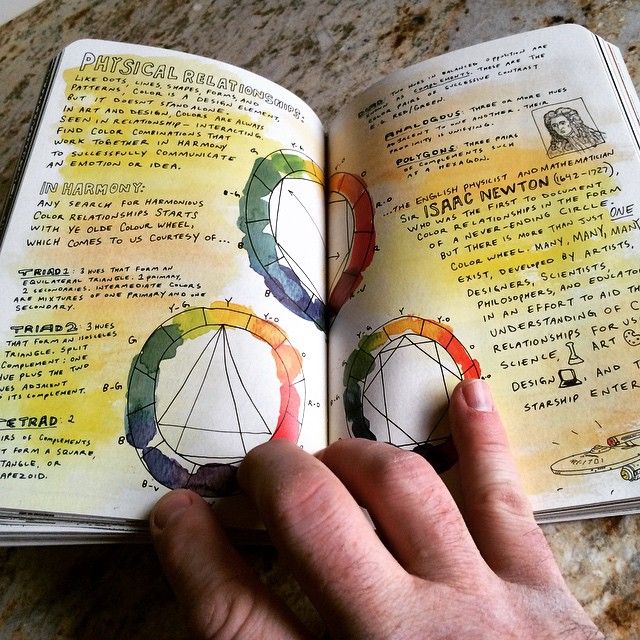This week, we’re looking at a process to deliver more consistent results from UX design projects. Yesterday, we looked at the reason that many traditional methods don’t deliver consistent results. Today, we’re looking at the first step in the process: ranking ideas and agreeing on the principles to be used in the design project.
Collate and Rank Your Ideas
During the project you’re going to come up with a ton of ideas and some of those ideas will be brilliant and others less so. Your user research and your team are going to have a lot of input into this process but the best place to start with all your ideas (even the obviously off-the-wall ones – don’t throw them out, they can trigger other better ideas when reviewed) is to collate them all.

Author/Copyright holder: Ben Terrett. Copyright terms and licence: CC BY-NC-ND 2.0
Get them in one place… an Excel Spreadsheet is a good place to put them. List each idea in enough detail so that it makes sense when you come to reviewing it. Don’t stint on description but there’s no need to write an essay keep things as brief as you can without losing the detail that makes it meaningful.
It’s pretty easy to hold a session at the start of your project and generate tons of ideas.

Author/Copyright holder: Jacob Bøtter. Copyright terms and licence: CC BY 2.0
Once you’ve got all your ideas together it’s a good to rank them. In general we would rank them in terms of their importance to the user experience project and then on their ease of implementation within the project.
Instead of trying to rank everything against each other; you might want to use a simple scale for each idea. Say from 1 to 10. Then take the number of ideas you have and allocate 5 points per idea to spend in each column. So if you have 10 ideas you can spend a total of 50 points in importance and another 50 points in ease of implementation with no more than 10 points spent in any one column against any particular idea.
Then simply sort the spreadsheet by the two columns to get the most useful ideas at the top of the list and the least useful at the bottom.
Agree on Your Design Principles

Author/Copyright holder: Mike Rohde. Copyright terms and licence: CC BY-NC-ND 2.0
It is very helpful to agree on your design principles early. What is your project intended to deliver in big, broad brush strokes? Once you’ve determined this list and it should be a small list and definitely no more than 7 principles (and fewer if you can get away with it); you can begin to compare your ideas against the principles too and perhaps adjust the rankings to match the principles more closely.
Summary
Introducing consistency to UX projects beings with some simple methods of quantifying what’s important to the project and how easy it will be to deliver the results you want to deliver. The earlier you get this done; the easier it will be to stay focused on your objectives.
Header Image: Author/Copyright holder: David McCandless. Copyright terms and licence: CC BY-NC 3.0











